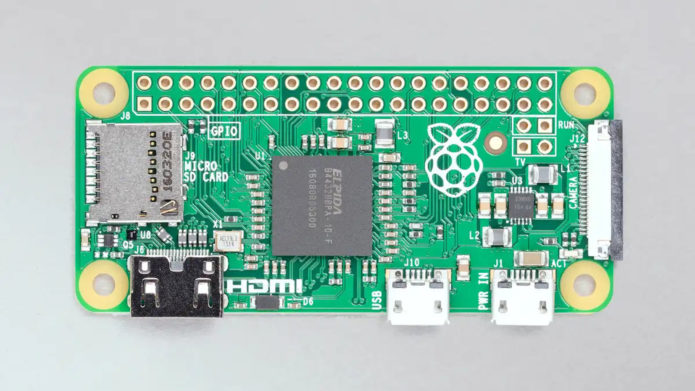Few do-it-yourself computing products have taken the world by storm like the Raspberry Pi, after it was first released in 2012. As single-board computers (or SPCs for short) go, the Pi, with its focus on maximizing computing power for the most affordable price possible, was eye-catching at its launch price of $35. As Raspberry Pi has evolved and upgraded to include features like the ability to emulate increasingly complex classic game consoles, its price has risen too. The latest iteration, the Raspberry Pi 5, currently retails for about $80.
****
As the flagship Raspberry Pi grew, older chips and shrinking technology made it possible for the company to provide even smaller and more affordable computers. Enter the Raspberry Pi Zero series, which launched in 2015. It’s not as powerful as its more expensive counterpart, but it can still do a lot for a $10 board that’s about the size of a large pack of chewing gum. Because it’s not quite as powerful, it’s not necessarily the best fit for some of the projects that the regular Pi is most often recommended for, but because it’s tiny and inexpensive, a lot of alternative use cases are opened up for it, as well. Let’s take a look at some projects that can make the most of Raspberry Pi’s bargain board.
****


